- Natural Relief: Explore essential oils like tea tree, thyme, and lavender for seborrheic dermatitis.
- Evidence-Based: Learn about the scientific research supporting the use of these oils.
- Safe Practices: Understand essential precautions and how to use essential oils effectively.
- Symptom Management: Discover how essential oils can help manage itching, scales, and inflammation.
Seborrheic dermatitis is a common inflammatory skin condition affecting areas rich in oil glands, such as the scalp, face, chest, back, and groin. It manifests as red, itchy, scaly patches and dandruff. This article dives into the scientific evidence surrounding essential oils as a potential complementary treatment for seborrheic dermatitis. We’ll explore oils like tea tree, thyme, and lavender, examining their benefits and necessary precautions.
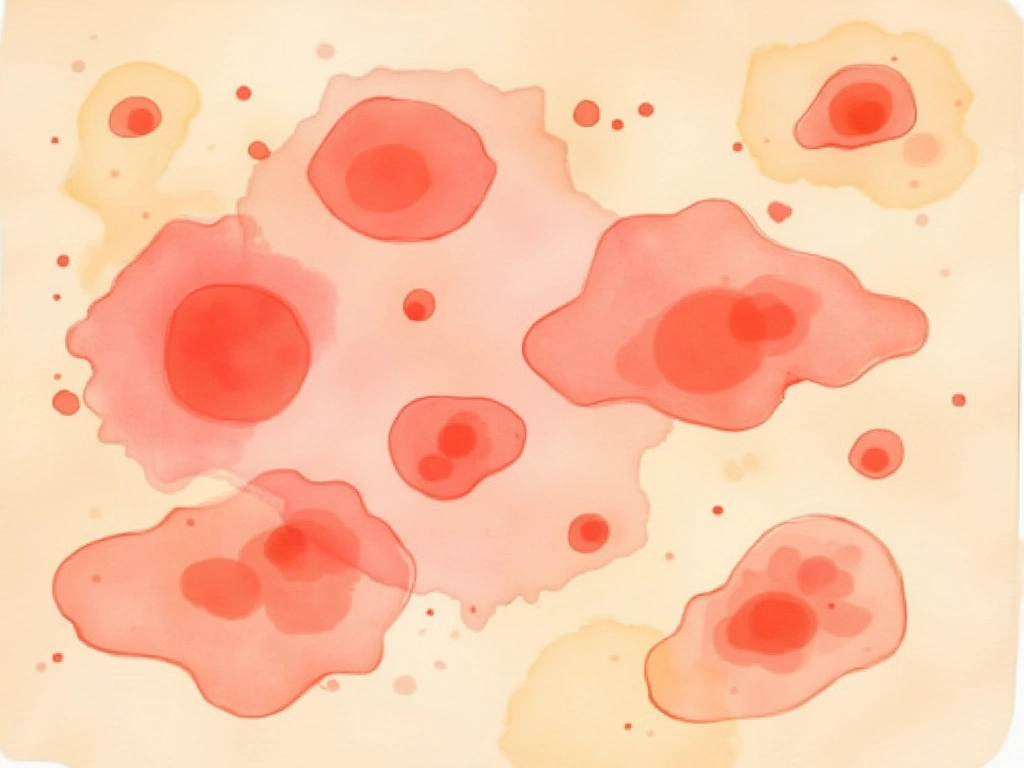
Understanding Seborrheic Dermatitis
Seborrheic dermatitis is characterized by several key symptoms [1]:
- Red, greasy skin with flaky white to yellow scales
- Persistent itching
- Scaly patches commonly on the scalp, face, chest, back, and groin
- Dandruff, considered a mild form affecting primarily the scalp
This condition is intrinsic, originating within the skin itself, rather than being caused by external factors [1]. While the exact causes remain unclear, several factors are believed to contribute [2]:
- Malassezia Yeast Overgrowth: An excess of Malassezia yeast on the skin.
- Inflammation: The body’s inflammatory response.
- Sebaceous Gland Activity: The production of skin oils.
- Genetics: Inherited predispositions.
- Immune System Response: The body’s immune reactions.
Flare-ups can be triggered by stress, fatigue, weather changes, and oily skin [3]. Currently, treatment is focused on managing symptoms, as there is no known cure.

What are Essential Oils and Why Consider Them?
Essential oils are potent, concentrated extracts from plants, typically obtained through distillation. These oils capture the plant’s scent and flavor, also known as its “essence.”
Key features of essential oils:
- Extracted from various plant parts: flowers, leaves, stems, roots, seeds, bark, resin, or peels.
- Distinctive aromas and flavors reflecting their plant source.
- Potential therapeutic properties: antimicrobial, antioxidant, and anti-inflammatory actions.
- Diverse applications: aromatherapy, natural medicine, cosmetics, and perfumes.
- Popular examples: lavender, tea tree, peppermint, eucalyptus, and rosemary oils.
Their potential therapeutic benefits have spurred interest in essential oils as complementary treatments for various skin conditions, including seborrheic dermatitis.
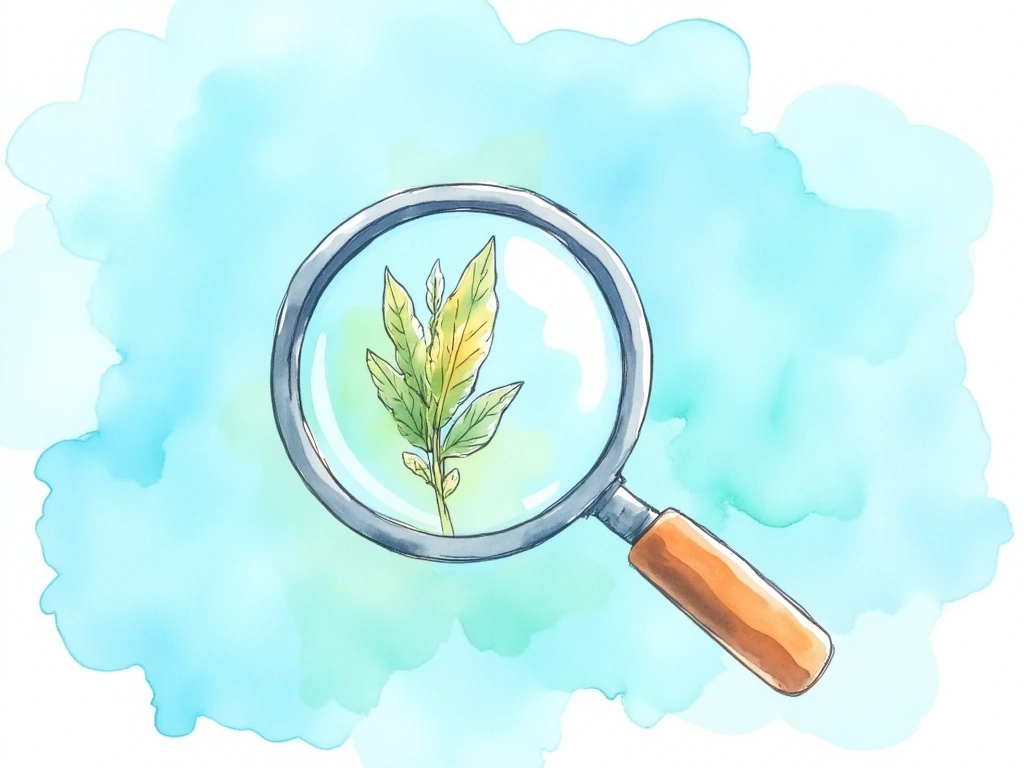
Can Essential Oils Help Seborrheic Dermatitis? Examining the Evidence
Research has explored the effects of several essential oils on seborrheic dermatitis. Here’s a look at what the science says:
Tea Tree Oil: A Strong Contender
- Key Compound: Contains terpinen-4-ol, known for its antimicrobial and anti-inflammatory properties.
- Targets Malassezia: Inhibits the growth of Malassezia fungus, a key factor in seborrheic dermatitis.
- Symptom Relief: Studies suggest it can reduce itching and improve the appearance of seborrheic dermatitis lesions. [4]
- Common Use: Frequently found in anti-dandruff shampoos and natural skincare formulations.
Lavender Oil: Soothing and Anti-inflammatory
- Properties: Offers antifungal and soothing effects.
- Skin Sensitization: Can potentially cause skin sensitivity in some individuals.
- Enhanced Effectiveness in Blends: Research indicates it’s more effective when combined with other oils like lemon and eucalyptus. [5]
- Seborrheic Dermatitis Benefits: May reduce inflammation and lessen symptom severity.
Thyme Oil: Antimicrobial Action
- Anti-Malassezia Activity: Demonstrates antimicrobial action against Malassezia fungus.
- Reduces Lesions: Shown to decrease skin lesions associated with seborrheic dermatitis. [6]
- Allergic Potential: Potential to cause allergic contact dermatitis in some people.
Oregano Oil: Potent Antifungal
- Rich in Carvacrol: Contains carvacrol, a compound with strong antifungal properties.
- Inhibits Malassezia in Lab Studies: Effective against Malassezia strains in laboratory settings. [7]
- Needs More Clinical Research: Further human trials are necessary to confirm its effectiveness for seborrheic dermatitis in real-world conditions.
Peppermint Oil: Limited Evidence
- Irritation Risk: May irritate skin or cause allergic reactions in some individuals. [8]
- Seborrheic Dermatitis Specific Evidence: Current evidence is insufficient to support its use specifically for seborrheic dermatitis.
Overall Evidence: While some essential oils show promise for managing seborrheic dermatitis symptoms, the scientific evidence is still developing. More rigorous clinical trials are needed to establish them as primary treatments. However, they may offer benefits when used alongside conventional medical treatments.
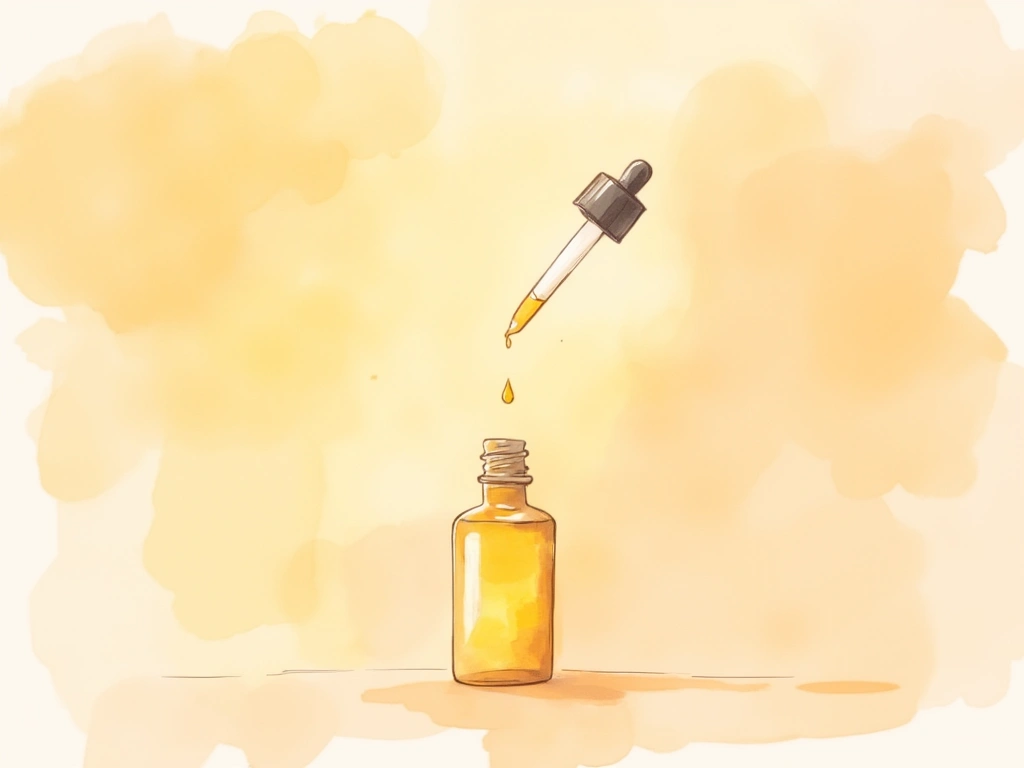
Safe and Effective Use of Essential Oils
If you’re considering essential oils for seborrheic dermatitis, safety is paramount.
Potential Risks:
- Allergic Reactions: Essential oils can cause skin irritation, rashes, and allergic reactions. Patch testing is crucial.
- Phototoxicity: Citrus oils like lemon can increase sun sensitivity. Avoid sun exposure after application.
- Toxicity: Oils like wintergreen and eucalyptus require careful dilution and use due to potential toxicity, especially around children.
Safety Guidelines:
- Patch Test First: Apply a small amount of diluted oil to a small skin area to check for reactions before wider use.
- Dilute with Carrier Oils: Always dilute essential oils in carrier oils like coconut, jojoba, or olive oil.
- Avoid Sensitive Areas: Keep oils away from eyes and sensitive skin areas.
- Monitor for Sensitivity: Stop use if redness, itching, or burning occurs.
- Follow Dosage Instructions: Adhere to recommended usage guidelines and dilutions.
- Consult a Doctor: Seek medical advice before use, especially if pregnant, breastfeeding, or taking medications.
- Maintain Hygiene: Cleanse skin and scalp before applying oils.
- Sun Protection: Be cautious with sun exposure, particularly with phototoxic oils.
Using high-quality, 100% pure essential oils and following safety precautions is key to maximizing potential benefits and minimizing risks.

Lifestyle Measures to Support Essential Oil Treatment
In addition to essential oils, lifestyle adjustments can significantly aid in managing seborrheic dermatitis:
- Gentle Cleansing: Use mild skin cleansers and shampoos.
- Avoid Irritants: Steer clear of harsh chemicals and potential skin irritants.
- Stress Management: Reduce stress through meditation, exercise, and prioritizing sleep. meditation
- Balanced Diet: Consume a diet rich in omega-3 fatty acids and antioxidants. omega oils and antioxidants
- Hygiene: Maintain cleanliness, especially in skin folds and on the scalp.
- Limit Alcohol: Reduce alcohol intake, as it can worsen symptoms.
- Quit Smoking: Smoking negatively impacts skin health.
- Avoid Overwashing: Don’t overwash hair and skin, as this can strip natural oils and exacerbate dryness or irritation.
A comprehensive approach combining essential oils, prescribed treatments, and healthy lifestyle habits offers the most effective strategy for managing seborrheic dermatitis symptoms.
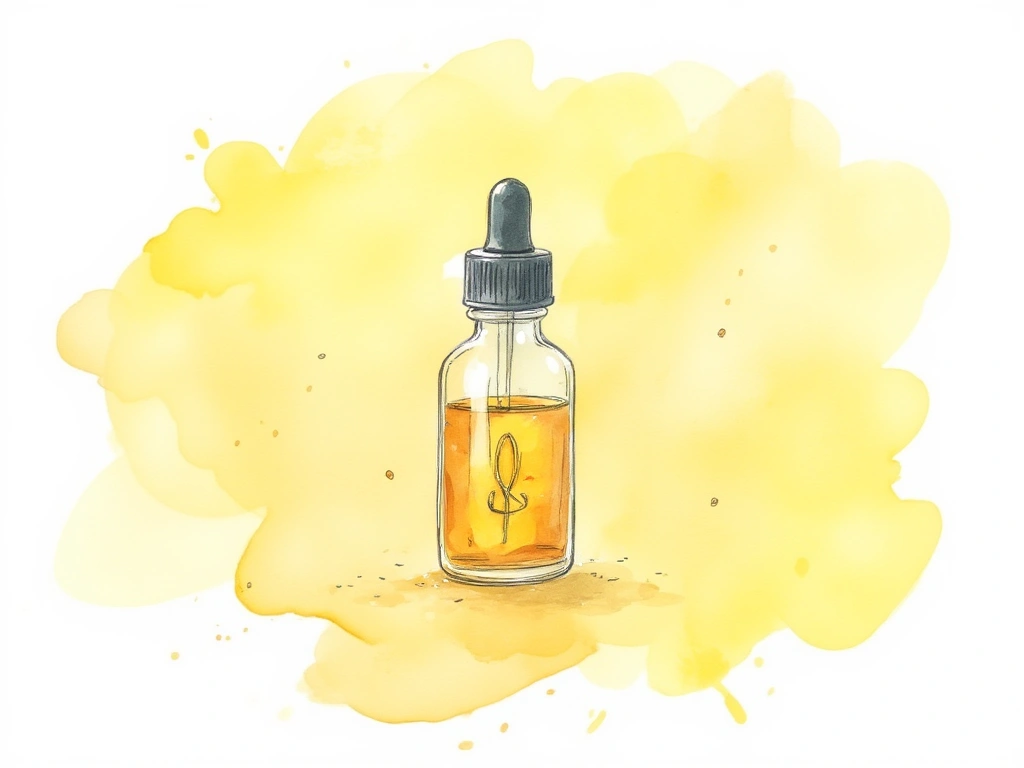
In Conclusion: Essential Oils as a Complementary Approach
Emerging research indicates that essential oils like tea tree, thyme, oregano, lavender, and eucalyptus hold promise for seborrheic dermatitis due to their antifungal and anti-inflammatory actions. They may help combat Malassezia overgrowth and reduce inflammation associated with the condition.
However, current human research is preliminary. More extensive studies are needed to fully determine their effectiveness and safety for human use. Essential oils should be used cautiously and ideally in consultation with a dermatologist to determine the most appropriate treatment plan for your individual needs. They are best considered as a complementary approach rather than a standalone cure for seborrheic dermatitis.
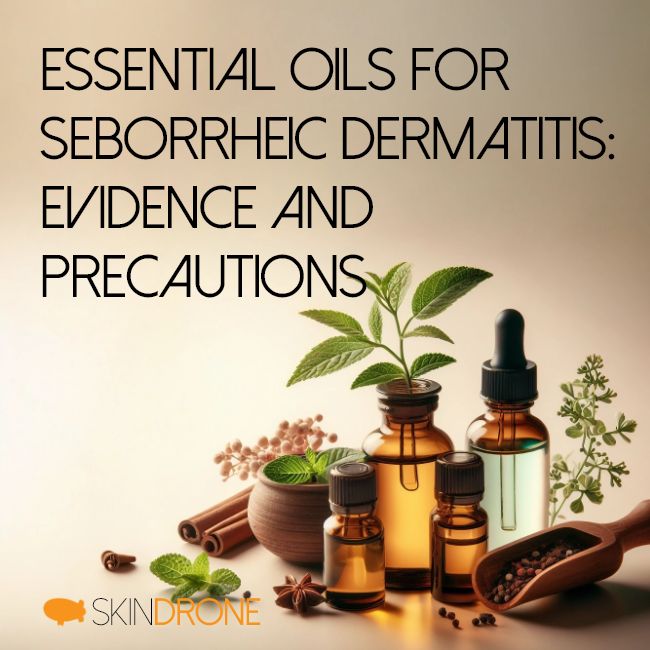
No Comments
Be the first to start a conversation